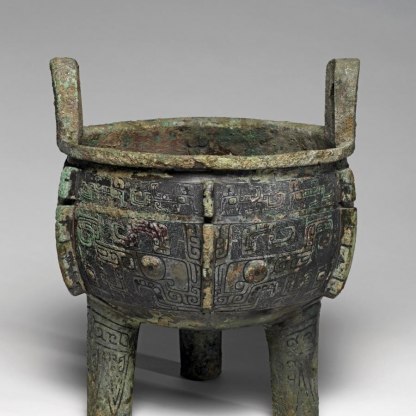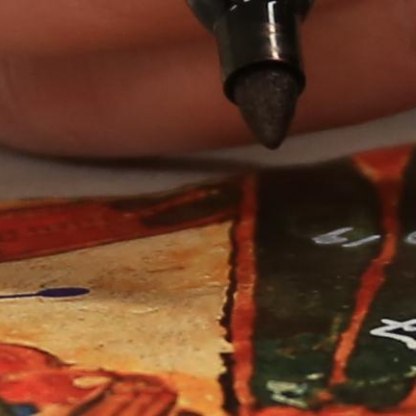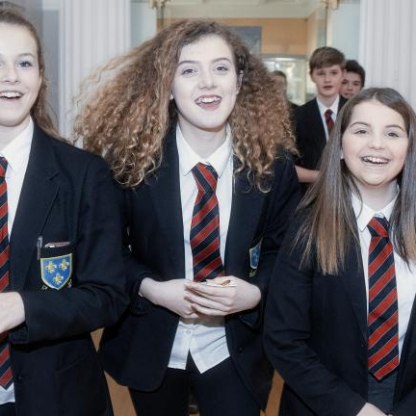Chinese Export Art: The Thirteen Hongs Collection
How did Qing-era China use art and craft to project an identity to the outside world?
How did export objects draw upon both Chinese and European visual traditions?
How was Chinese export art distributed and marketed in the UK and beyond?

Dish with Figures of Mother and Children, 18th century (C.3-1927)
The Thirteen Hongs - also known as the thirteen Factories, or Canton Factories - was a neighbourhood along the Pearl River in southwestern Guangzhou (Canton) during the Qing Empire from c. 1684 to 1856. After the Qianlong Emperor closed all trade ports in 1757, these Thirteen Hongs were the principal and sole legal site for trade between China and Europe, from 1757 to 1842. Various materials such as wallpaper, silver, lacquer furniture, porcelain, painting, enamel, ivory, glass mirrors and fans were exported to European countries through these Thirteen Hongs.
This pilot phase focuses on 120 objects: 66 export paintings, 40 export porcelain, 2 ivory pieces, 5 silver, 4 painted enamels and 3 reverse painted glass mirrors. Documentation (high resolution photography, deep zoom images) and research of the collection will be supported by a dedicated Research Assistant, supported by our Senior Curator: Chinese Art and the Photography and Conservation teams. The data and images will be made available online via the Fitzwilliam Museum’s website, along with engaging content highlighting the importance of the 13 Hongs Collection.

"Silver cake basket, by Kwong Man Shing" (O.1-2009)
Our Research Associate: Chinese Export Paintings is leading on cataloguing the collection of Chinese export paintings, ensuring improved documentation of the 600+ paintings bequested by Lord Fairhaven to the Fitzwilliam.

Flowers in a lantern which hangs from a branch of a fruit tree (PD.255-1973)
We will also curate displays and author publications to share research generated by the project, and are working closely with academic partners in Hong Kong and mainland China.
This project has been made possible thanks to our partnership with Guangzhou University and the philanthropic support of Mr Wang Heng.

Miss Li Li With The Fitzwilliam's Senior Curator Of Chinese Art, Dr James Lin
Related publications
This research will be published as a journal article and via the collections online portal.
Project team
James Lin (Senior Curator of Chinese Art)
Jennifer C. C. Chang (Research Associate: Chinese Export Paintings)
Mike Jones (Photography Manager)
Jo Dillon (Senior Objects Conservator)
Richard Farleigh (Senior Paper Conservayor)
Li Li, Founder of Guangzhou Thirteen Museum (Honorary Curator) (Visiting Fellow of Lucy Cavendish College & Visiting Scholar of Cambridge University)
Outcomes of the project
1) Improved collections documentation
2) Better access to these objects for researchers via the museum website
3) Incubator for larger projects around the Chinese collections, which might include scientific analyses or display opportunities
Other research projects you might like
Sign up to our emails
Be the first to hear about our news, exhibitions, events and more…


